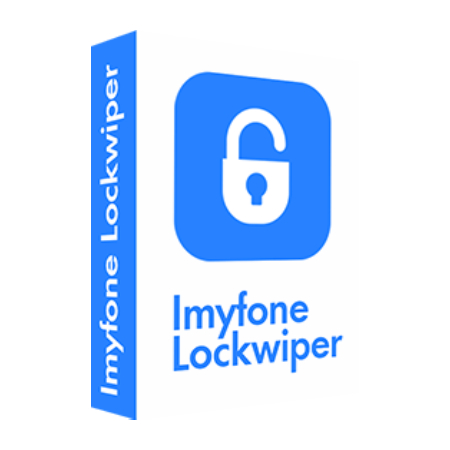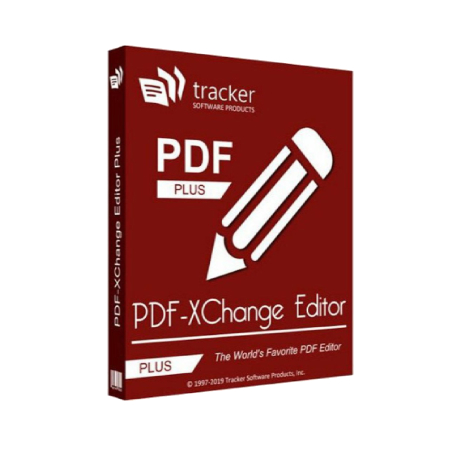A debit memorandum, or debit memo, is a notice informing customers about a decrease in the balance of their account that needs correction. Now that you have an idea about the types of debit memos, let’s understand the difference between a debit and a credit memo. When the credit balance seems to be large, an organization is more likely to refund the customer instead of issuing a debit memo. This approach is more customer-centric and helps maintain a positive relationship. If the credit balance is considered material, the company most likely will issue a refund to the customer instead of creating a debit memo. In many cases, debit memos get issued due to damaged or incorrect goods or a purchase cancellation, for example.
Of the usages noted here, bank transactions represent the most common usage of debit memos. In retail banking, a debit memorandum is provided to the account holder when a customer’s account balance is reduced for reasons other than a cash withdrawal. Debit memos might result from various sources, such as bank service charges, returned check fines, and charges for printing additional checks. The bank’s use of the term debit memo is logical because the company’s bank account is a liability in the bank’s general ledger. The bank’s liability is reduced when the bank charges the company’s account for a bank fee.
- The debit memo is usually issued in the same format used for an invoice.
- If a company completes an order and invoices the client for less than the agreed amount, they send a debit memo to indicate and detail the balance.
- When a customer pays too much, the extra can be offset with a debit memo.
- Learn how to use a debit memo to adjust invoices after they’re sent.
What are the Key Elements of a Debit Memo?
The good news is we put together this guide to cover the most important pieces of information. It allows you to adjust the original invoice without the hassle of reissuing it. You’re going to need to respond within 30 calendar days of receiving the memo. When you dispute it, you will need to address the actual issue that was raised in the first place and why you consider it to be invalid.
Is a debit memo the same as a billing adjustment?
These include tax details, descriptions, total price, reference numbers, and payment terms. Debit memos can also be used in invoicing, such as when debt that was previously written off is recovered. Both debit and credit memos serve different purposes in business accounting. Now that we understand what a debit memo is, it’s important to understand the key components of a debit memo. Debit what does memo debit mean memos have specific purposes and are used only for adjustments beyond normal debits.
Debit Memos on Bank Statements
The debit memo is usually issued in the same format used for an invoice. When issued, debit memos typically appear on the monthly statements of outstanding accounts receivable that are sent to customers. For example, if your business has $10,000 in its checking account and the bank charges a service fee of $35, the account will be reduced by $35 to $9,965 with that reduction noted in a debit memo.
Debit Memorandum vs. Credit Memorandum
Handling debit memos by implementing the best practices leads to effective financial management and overall business success. A debit memo from, for instance, your bank alerts you to a reduction in your account balance that the bank made to satisfy a fee it charged you for a service it provided. A debit note is issued by a vendor to a customer to inform or remind them of a financial obligation.
Debit memos act as a correction tool in business-to-business transactions when a customer is inadvertently undercharged. This adjustment is meant to address billing errors by formally notifying the customer of an increase in their accounts payable. After getting familiar with when businesses issue debit memos, let’s understand the different types of debit memos. Here are some primary reasons that prompt businesses to issue debit memos for adjusting financial accounts. Debit memos are a common phenomenon in the banking and finance sectors. When a bank charges a fee, it often issues a debit memo to the affected bank account.
You might see similar debit memos for, say, fees for bounced or printed checks. In this case, the fees act as an adjustment rather than a specific bank transaction. This amount is debited from the customer’s account and recorded as a debit memo.















